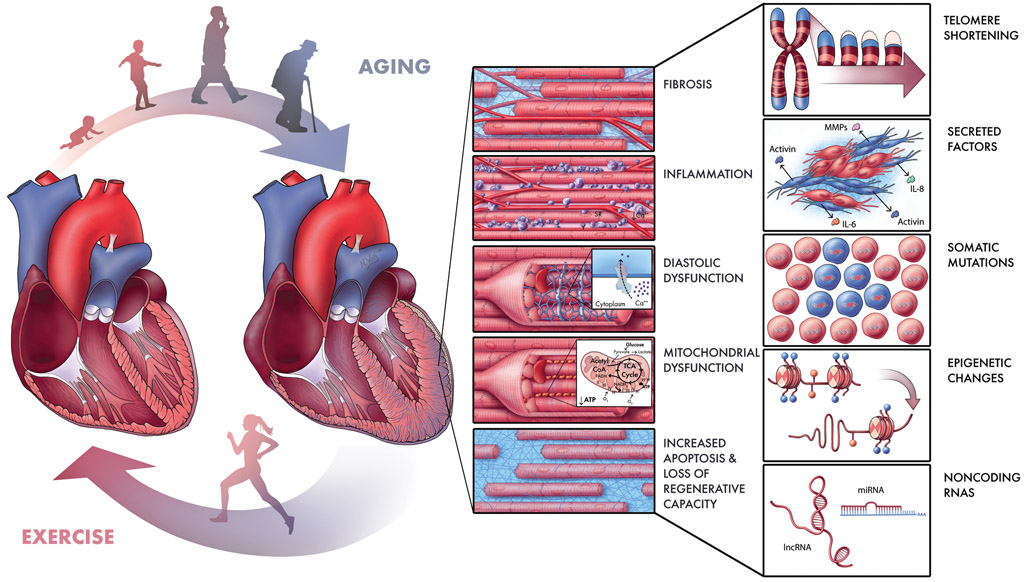Figure 1. Schematic of Processes and Pathways Contributing to Age-Related Cardiac Disease.
As we age, multiple processes likely contribute to cardiac dysfunction, including fibrosis, inflammation, mechanical stiffening and diastolic dysfunction, mitochondrial dysfunction, and a growing imbalance between loss and birth of cardiomyocytes (Center). These processes are driven by molecular mechanisms (some of which are depicted at right) such as telomere shortening, senescence-associated secreted factors, accumulation of somatic mutations, epigenetic changes, and alterations in noncoding RNAs regulating gene expression. Some of these may represent targets for new therapeutic strategies to mitigate both age-related and other forms of heart failure. Since exercise mitigates many effects of aging (Left, bottom), it may provide a useful tool by enabling us to prioritize candidate cardiac pathways exacerbated by aging and mitigated by exercise. Illustration by Nicole Wolf, MS, ©2019. Printed with permission.

